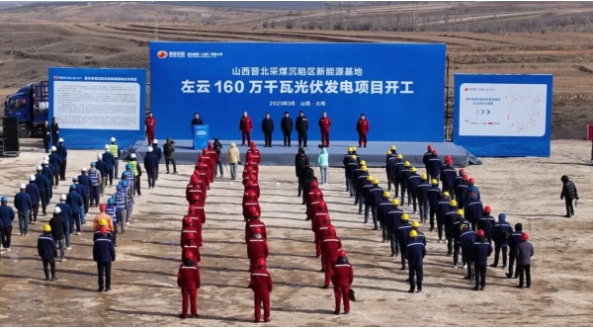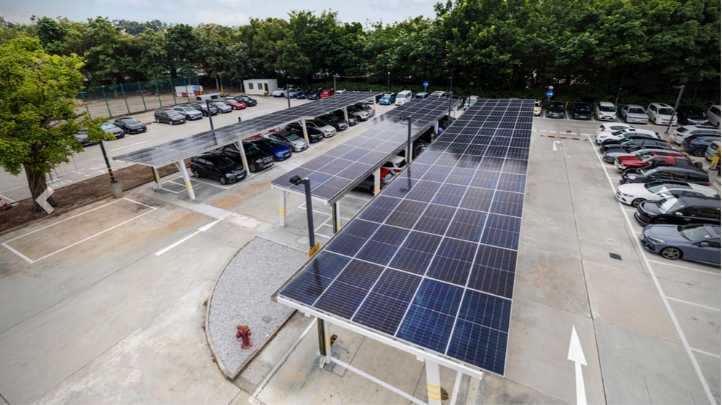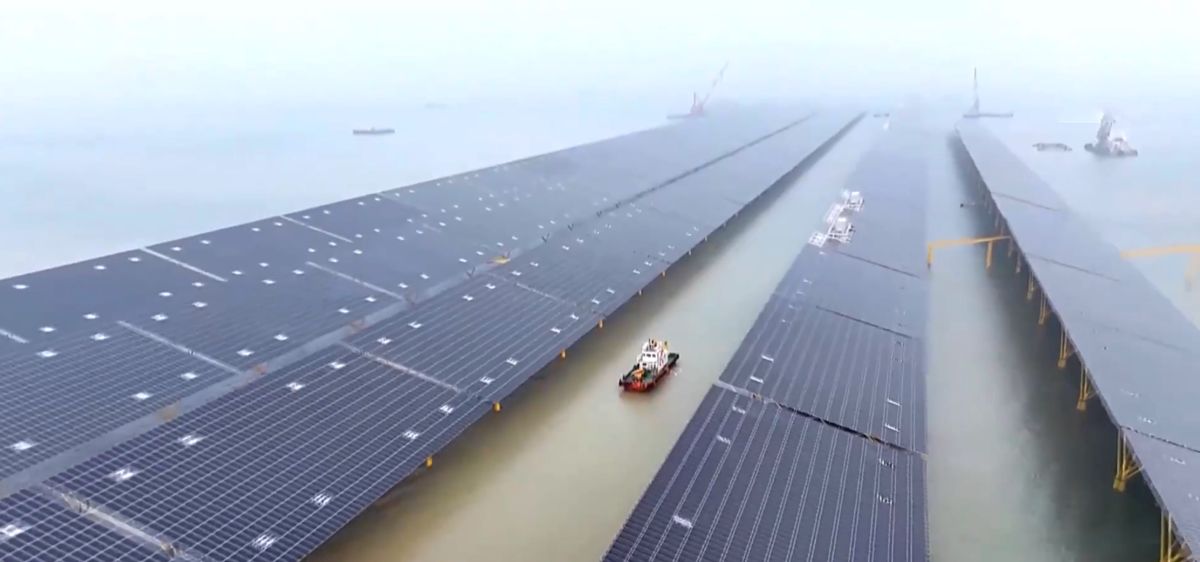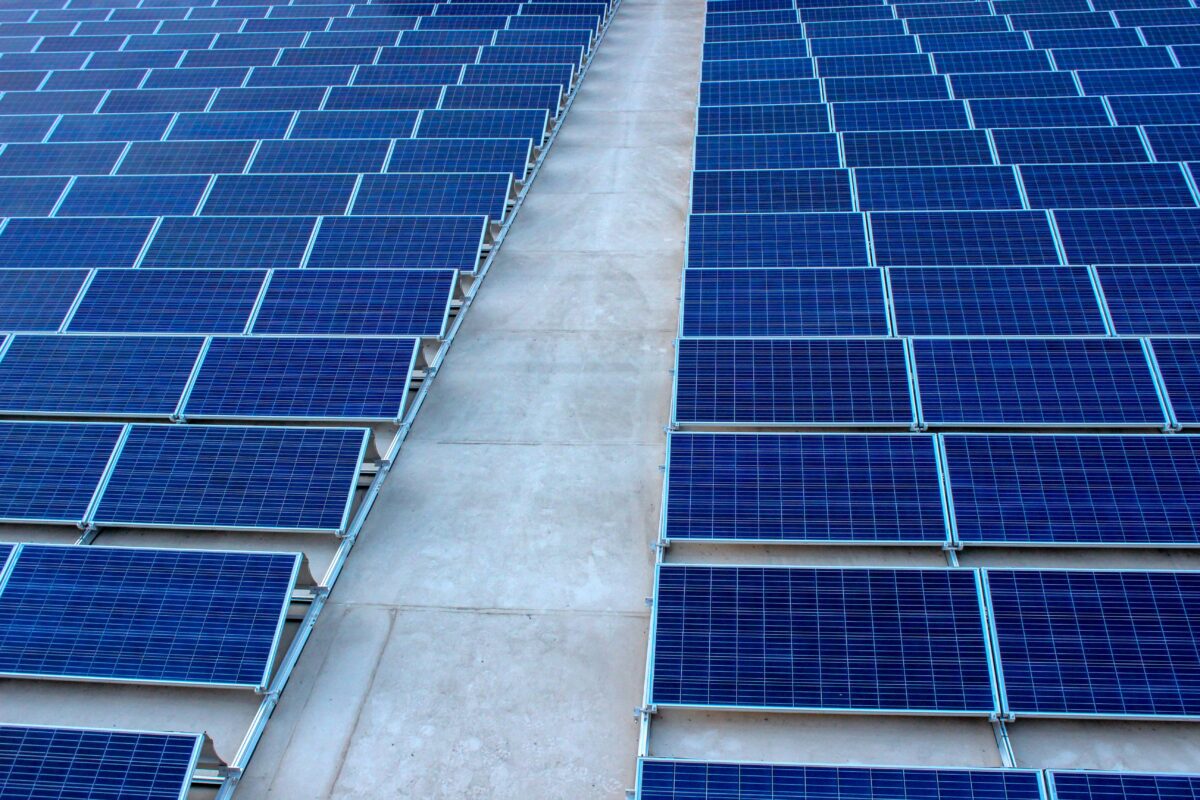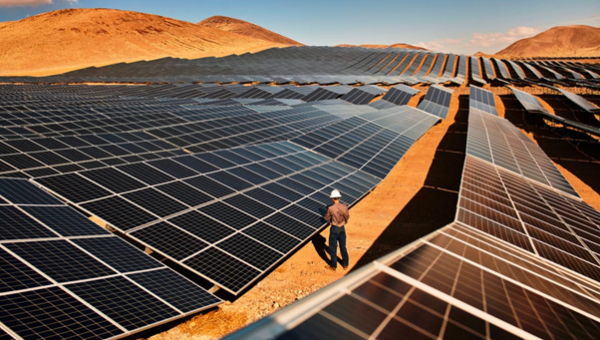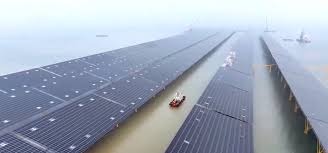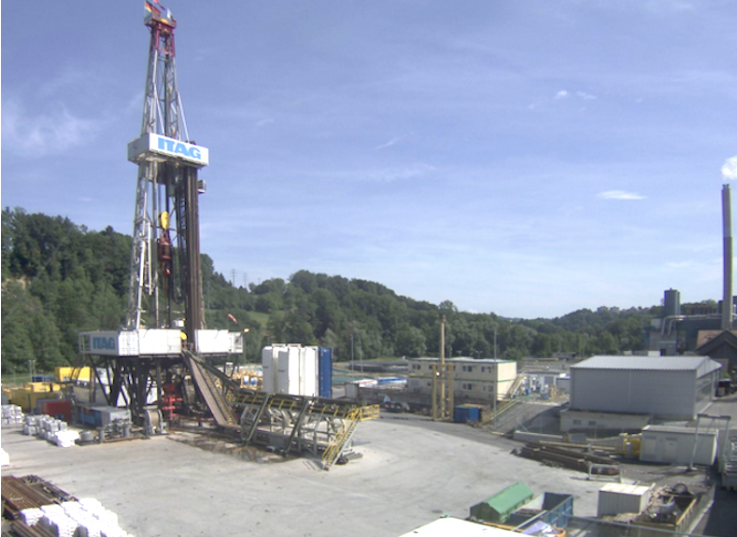 Drilling rig on site in St. Gallen, Switzerland
Drilling rig on site in St. Gallen, Switzerland Swiss researchers at EPFL and the Federal Office of Energy have published a study that shares strategies that help reduce risk of induced seismicity in geothermal energy, CO2 storage and other human activities subsurface.
Researchers at EPFL and the Swiss Federal Office of Energy have devised strategies for reducing the earthquake risk associated with geothermal energy, CO2 storage and other human activities happening deep underground.
Although most earthquakes are attributable to natural causes, some are triggered – directly or indirectly – by human activity. These minor tremors, known as “induced seismicity,” are one of the biggest challenges posed by deep geothermal energy, CO2 storage, and other activities that involve injecting gases and liquids deep underground.
Researchers at EPFL’s Laboratory of Soil Mechanics (LMS) and the Swiss Federal Office of Energy (SFOE) have devised new strategies for reducing human-induced earthquake risk. Their findings have been published in Geophysical Journal International.
B Fryer, G Siddiqi, L Laloui, “Injection-induced seismicity: strategies for reducing risk using high stress path reservoirs and temperature-induced stress preconditioning” – Geophysical Journal International, Volume 220, Issue 2, February 2020, Pages 1436–1446.
Deep geothermal systems provide a sustainable, renewable, zero-carbon source of power and are consistent with the Swiss government’s 2050 energy strategy and its pledge to go carbon-neutral. Yet the technology used in Switzerland, known as Enhanced Geothermal Stimulation (EGS), has faced setbacks after triggering earthquakes in Basel in 2006 and in St. Gallen in 2013.
EGS involves a process called hydraulic injection, where pressurized liquid is injected into hot, dry, impermeable rock – some 3 km or more below the Earth’s surface – to create an artificial geothermal reservoir. The problem is that this process can cause microseismicity, or minor tremors and earthquakes.
As the water is injected underground and fills the rock matrix, the interstitial pore pressure increases. “There’s a commonly held belief that this is the only cause of induced seismicity,” says Barnaby Fryer, a doctoral assistant at the LMS and the paper’s lead author. “But it’s not that straightforward. Tectonic stress, or fault geometry and movement, also comes into play.”
An introduction to the research is shared on the website of EPFL.
This research provides important insights for industry, potentially helping companies devise ways to reduce the likelihood of induced seismicity. “Understanding every possible scenario and acting accordingly could pave the way for some promising real-world applications,” says Siddiqi.
